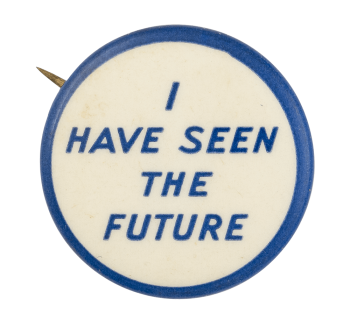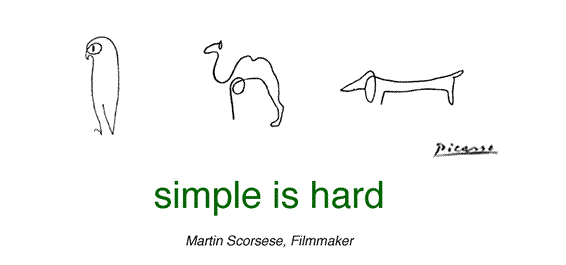A few weeks ago, I had an opportunity to meet many people who wanted me to do one thing . . . listen to them.
You see, I was wandering the massive conference hall at McCormick Place as part of the SHRM Annual Conference. Something truly unique has been happening the past few years when I attend. My friends have learned to be very patient when walking alongside me while I wander. Why is that? As I go from place to place, I will often be stopped by a fellow attendee who wants to meet, introduce themselves, and take a few moments to chat. Whenever this occurs, my friends inevitably either have to pause or keep going to the area we were all heading. I usually tell them that I’ll text and catch up when I can.
I don’t take one moment of this for granted or think that I deserve this level of attention. There isn’t a good enough word to describe how humbling it is that someone wants to meet you intentionally. I’ve had a few people who have told me they’ve waited for years to do so because they were just unsure if they should take the chance to stop me. That is hard for me to come to terms with because I never want to be in a position where I’m perceived as unapproachable.
Once I’m stopped, the real joy of the encounter starts to take place. After we share names and I ask them where they’re from I stop talking. I want to listen to whatever they’d like to tell me. Sometimes people want to let me know what they enjoyed from a session. Other times people want to share they were encouraged so they could continue to bring a human-centric approach to HR. Every conversation is filled with emotion. It may range from joy and laughter to tears and hugs. You never know what is going to be shared, and I’m completely cool with that.
Why? People want to share their story.

For anyone to have the courage to approach someone they know very little and share something that is personally important to them is amazing. I have found that it is also a felt need that typically isn’t being filled. I don’t know if this is true from their personal life, but I can almost guarantee it’s happening because of their professional life.
We have become a society filled with little tolerance for giving our time to others without an agenda. We value production and closure far more than we do having a conversation. We feel that most people are in the way, an annoyance or they’re sure to ask us something that will have a negative consequence. This is true with our peers, leaders, and employees at work. I can’t tell you how many times people feel bothered when others attempt to get someone’s attention to talk with them.
You’ll see people look over someone’s shoulder or they’ll glance at a screen because their mind and attention are already seven steps ahead. When I hear people complain about the amount of broken communication at their company, I am sure it’s because we feel that other people are not worth our time.
That’s why if anyone ever wants my attention, I stop and give it to them. My day is as full as theirs, and I have work I could get to or a place I could visit. But, if I rush to what I tell myself is more important, I miss their story. I can’t do that. I want to hear what they want to share.
Giving someone a few moments of my day is far more valuable than any task that is burning to be done. Having an unhurried conversation with someone who has sought me out on purpose deserves whatever time they need. And, more than anything, I get to learn about the wonderful, creative, talented person across from me. You never know who you’ll meet and how the interaction you have will brighten their day.
Everyone has a story. From now on take time to stop, listen and learn.









